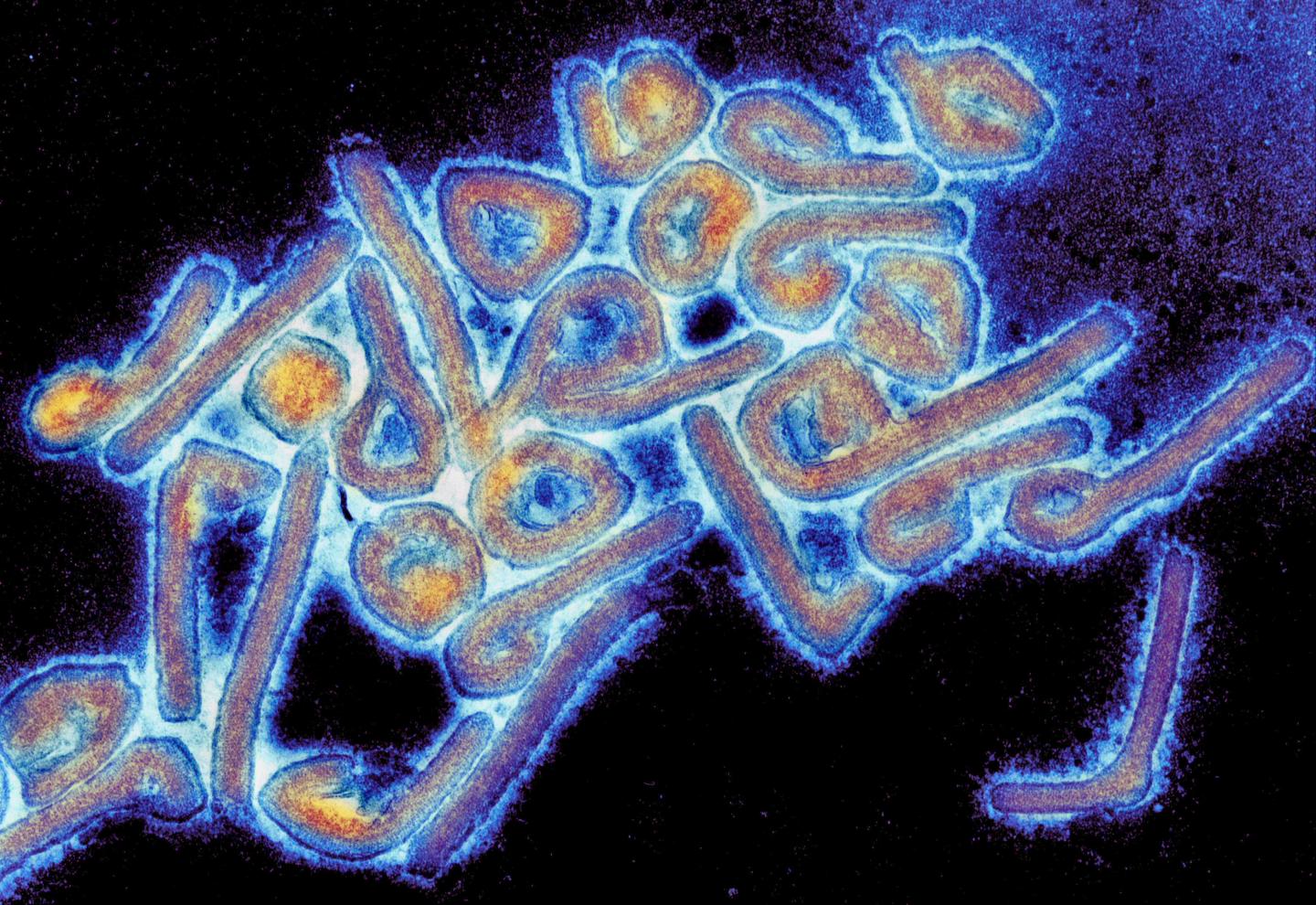Marburg Virus
- It is an another emerging zoonotic infectious disease that
causes great concern.
- It belongs to Filoviridae family.
- It is formerly known as Marburg haemorrhagic fever (MHF).
- The rare virus was first identified in 1967 after it caused
simultaneous outbreaks of disease in laboratories in Marburg, Germany and
Belgrade, Serbia.
- Seven people died who were exposed to the virus while
conducting research on monkeys.
- MHF is characterized by systemic viral replication,
immunosuppression and abnormal inflammatory responses.
- Without treatment, Marburg can be fatal in up to 88% of
people.
- It contain RNA as the genetic material.
- It is a Biosafety level 4 pathogen.
- First outbreak occurred in 1967 in Germany.
- They are pleomorphic in shape.
Reservoir
- Rousettus aegyptiacus African fruit bats
- Fruit bats infected with Marburg virus do not show obvious
signs of illness.
- Primates (including people) can become infected with Marburg
virus, and may develop serious disease with high mortality.
- Further study is needed to determine if other species may also host the virus.

Mode of transmission
- Direct contact with infected bats, persons or their body
fluids.
- Consumption of fruits contaminated with saliva or urine of
infected bats.
- Many patients develop severe haemorrhagic symptoms within
seven days.
- Human-to-human transmission is possible through direct
contact with bodily fluids, surfaces and materials.
- Incubation Period
● 5-10 days.
Symptom
- Fever, Chills, Severe Head ache, Discomfort.
- Many patients develop severe haemorrhagic symptoms within
seven days.
- Symptoms become increasingly severe and can include
jaundice.
- Inflammation of the pancreas, severe weight loss, delirium.
- Shock, liver failure, massive hemorrhaging, and multi-organ
dysfunction.
Laboratory Diagnosis
- Real-time PCR
- Antibody detection by ELISA (IgG & IgM)
- Serum Neutralization Test
- Electron microscopy
- Virus isolation by cell culture
- All biological specimens should be packaged using the triple
packaging system when transported nationally and internationally.
Treatment
- Vaccine & antiviral drugs are not available.
- Supportive hospital therapy should be utilized, which
includes balancing the patient's fluids and electrolytes, maintaining oxygen
status.
- Blood pressure, replacing lost blood and clotting factors, and treatment for any complicating infection.
- Experimental treatments are validated in non-human primate
models but have never been tried in humans.









Comments